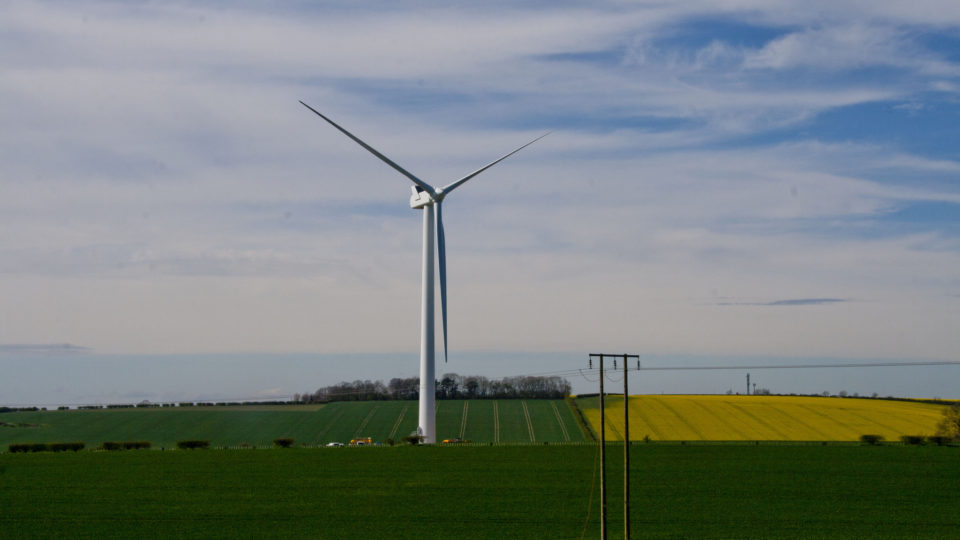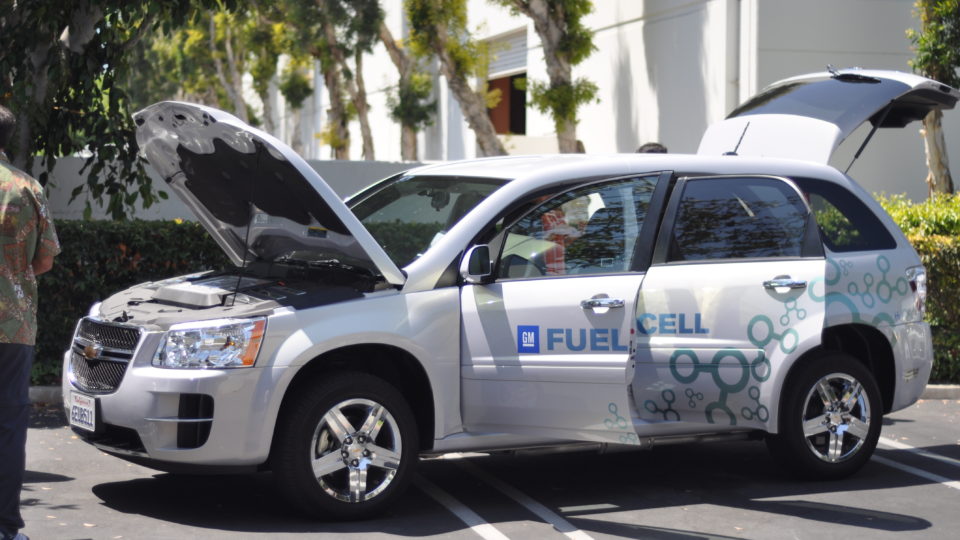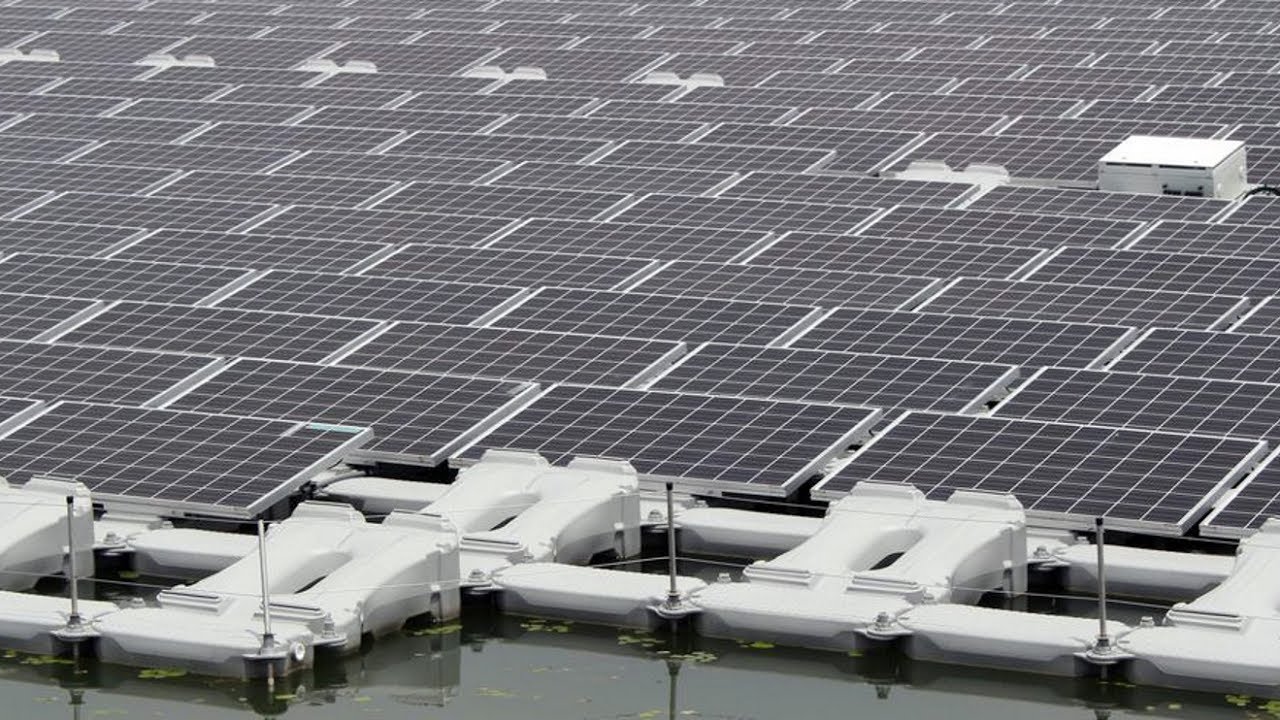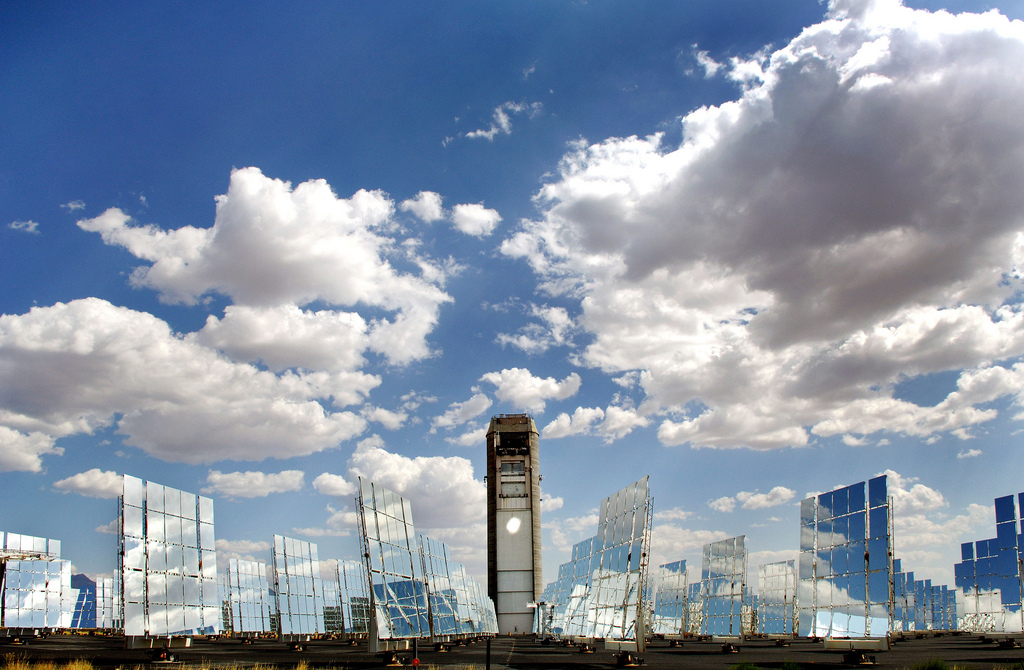plant
Audio Player
An Accidental Plastic Eater
Audio Player
A couple of years ago, scientists in Japan discovered bacteria at a recycling plant that were breaking down a type of plastic called polyethylene terephthalate, or PET. With the world facing a growing plastic pollution problem, British and American researchers began to study the enzyme that the bacteria were using to try to understand how it works.
Climate Change And Biodiversity
Audio Player
According to a new study recently published in the journal Climatic Change, up to half of the plant and animal species in the world’s most naturally-rich areas could face local extinction by the turn of the century due to climate change. This projection, jeopardizing the biodiversity in places like the Amazon and the Galapagos, assumes carbon emissions continue to rise unchecked.
Tree-Planting Drones
Audio Player
One of the major causes of the increasing carbon dioxide levels in the atmosphere is deforestation. We chop down about 15 billion trees each year. Over time, our activities have reduced the number of trees on earth by about 50%. We do plant trees – these days, about 9 billion a year. It is a substantial number, but still leaves a net loss of 6 billion trees annually.
Economics Of Solar And Wind Power
Audio Player
It is well-known that the cost of both solar and wind energy has been dropping dramatically in recent years. That trend is largely responsible for the rapid growth of both power sources. A recent study has revealed just how remarkable the economic progress has been.
GM And Fuel Cells
Audio Player
There has been a spate of announcements from major car manufacturers in recent times detailing their plans to electrify their future vehicles. General Motors recently announced its “path to zero emissions” plan which includes the introduction of at least 20 electric vehicles by 2023. They are joining Volvo, Volkswagen, Toyota and others in making such an announcement.
Pine Barrens Threatened
Audio Player
Pine barrens occur throughout the northeastern U.S. from New Jersey to Maine. They are plant communities that occur on dry, acidic, infertile soils dominated by grasses, forbs, low shrubs, and small to medium-sized pines. The Pine Bush Preserve in Albany, New York is one of the larger inland pine barrens in the country.
New Milestones For Renewable Energy
Audio Player
There is no question that solar power has been growing by leaps and bounds in recent years, but whenever one really looked at the numbers, it seemed to still be only a tiny fraction of the country’s power generation – until quite recently, less than one percent.
The Largest Floating Solar Power Plant
Audio Player
The world’s largest floating solar power plant is now operational and connected to the electric grid in China. It is a 40-megawatt facility and floats in water 13 to 30 feet deep in a lake that was created by a former mining operation.
Melting Ice Adds Life To The Sea
Audio Player
The changing climate has many effects upon the world’s ecosystems, some of which are surprising. One of these relates to the effect of the increasing melting of ice in the Arctic. The ice melt is leading to more life in the Arctic sea.
Help Save The Bees
Audio Player
Globally, 40% of invertebrate pollinator species, such as bees and butterflies, are facing extinction. And since approximately three-quarters of the world’s food crops depend on pollination, the decline of these pollinators could pose a threat to food security around the globe.
Storing Heat From The Sun
Audio Player











